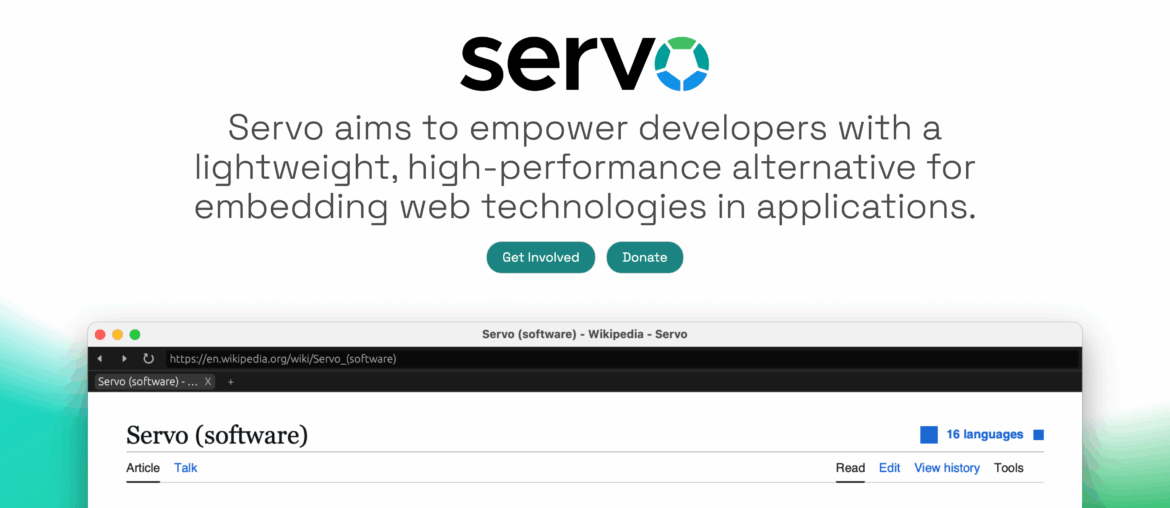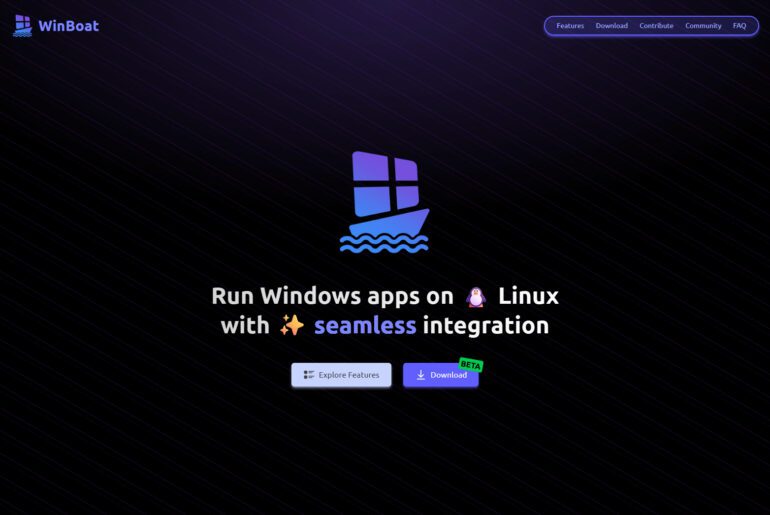Here’s the kind of news that makes me grin more than it probably should. Servo just shipped its first proper standalone release. Version 0.0.1 landed on October 20, 2025, and while the tag number is modest, the moment feels big. The release notes say this build is equivalent to the October 19 nightly with extra manual testing on the artifacts, which is a sensible way to start putting stakes in the ground without pretending perfection. You can read the notes and grab the tag here.
There are fresh binaries for Linux, Android, macOS, and Windows, and for the first time there is a prebuilt Apple Silicon macOS artifact. If you just want to kick the tires, the downloads page keeps everything in one place and includes a short troubleshooting section for macOS and Linux that saved me a few head scratches.
If you are new to this story, Servo started life at Mozilla Research around 2012 as a research engine written in Rust. In late 2020, after some painful layoffs, the project found a new home at the Linux Foundation, then later joined Linux Foundation Europe, which is how the community stewards it today. Those transitions were not just paperwork. They kept the lights on for an engine many of us quietly hoped would get a second wind.
Even if you have never run Servo, you have probably used ideas that were proven there. Firefox’s Stylo, the parallel CSS engine that arrived during Project Quantum, grew out of Servo’s work. WebRender, the GPU based renderer that helped kill so much jank, did too. If you want the deep dive history, Mozilla’s explainers linked above are still excellent starting points, and the WebRender repo notes Firefox support outright.
The release today matters because of what Servo is built to explore. From the very beginning it chased parallelism across the whole page pipeline and leaned on Rust’s safety guarantees to make that ambition less terrifying. That meant splitting DOM and rendering work into smaller tasks that could run at the same time and actually use the cores in your laptop or phone. If you want a design level view, I recommend the ICSE preprint “Engineering the Servo Web Browser Engine using Rust,” which explains the model far better than I can, and the current overview on the project site, which shows where that architecture has headed.
Servo is still a developer focused engine. The project ships a tiny demo browser called Servoshell that is great for feeling the edges. The Servo Book has a short page on running it, the demo site has videos, and if you are curious about the ecosystem, projects like Verso tried to build fuller browsers on top.
If you want to try 0.0.1 today, start with the release tag for the exact bits and the downloads page for convenience. Expect some rough patches and keep the troubleshooting notes handy. The team explicitly says this is the nightly from October 19 with extra eyes on the artifacts, and I appreciate the honesty. It is not pretending to be a grand milestone. It is a line in the sand and an invitation to test something that has always felt a bit ahead of its time.
There is a gentleness in seeing this engine make a formal release after years of being a moving target. Some of us hoped for a world where Servo replaced everything all at once. What we got instead was more grounded. Pieces landed in Firefox and helped millions of people. The rest kept evolving in the open with a smaller crew and a lot of persistence. That is enough for me to root for 0.0.1 and what comes after.









